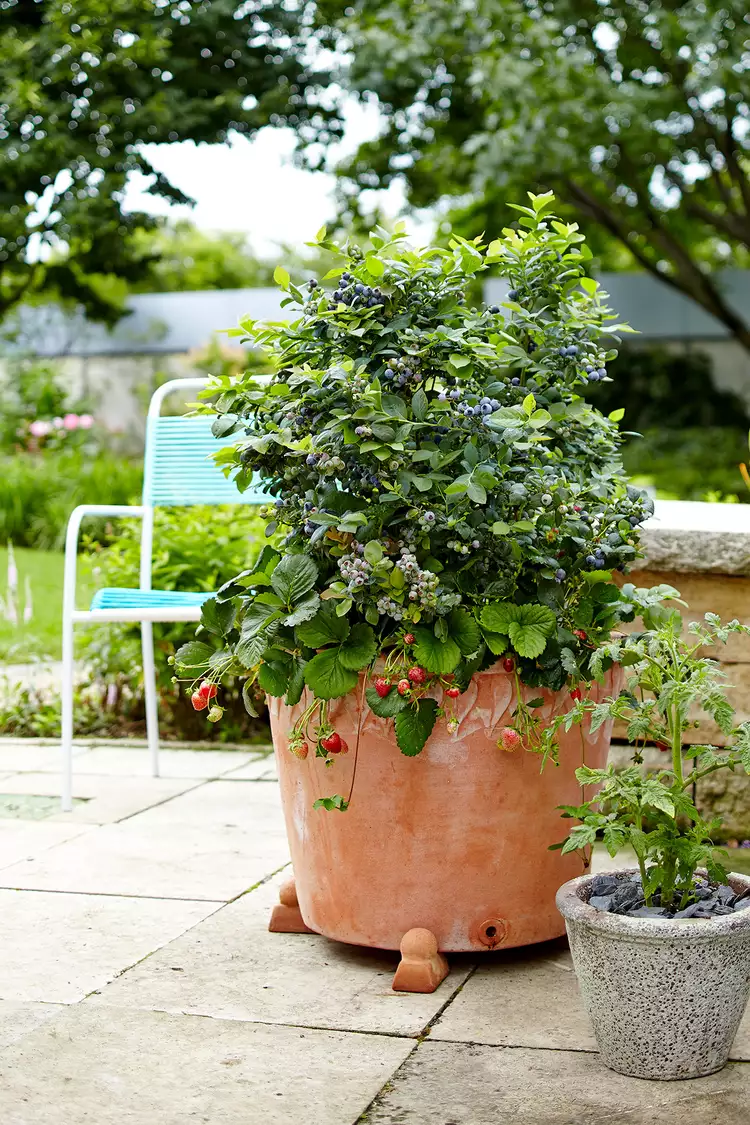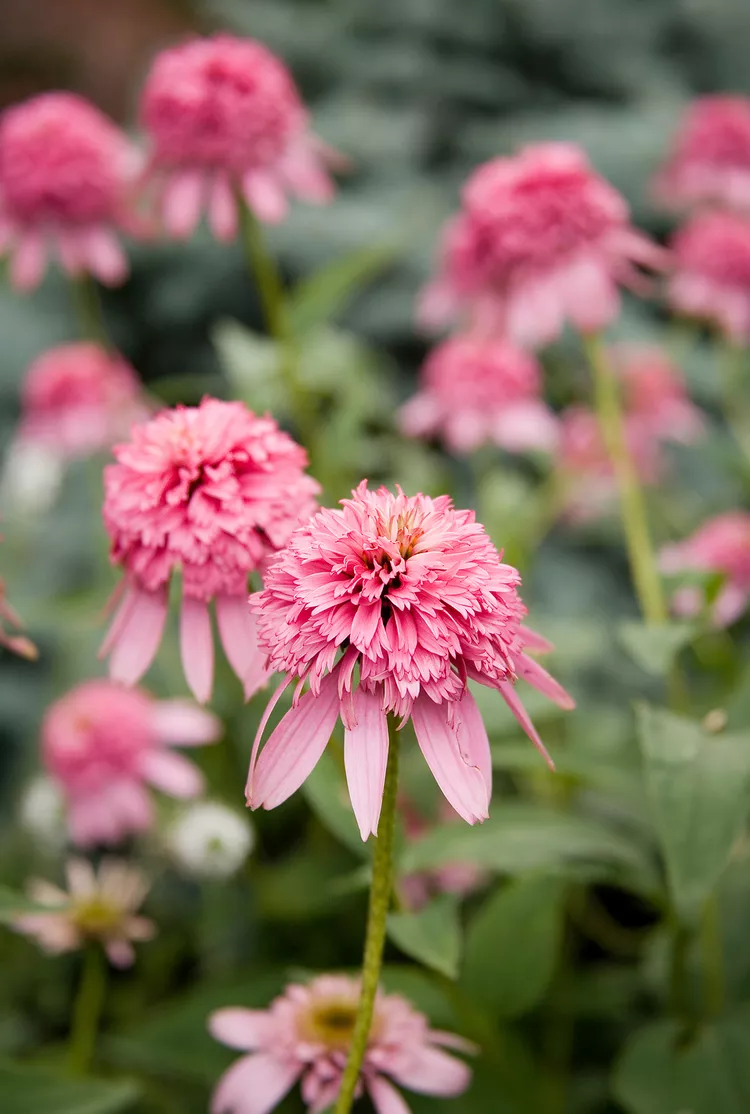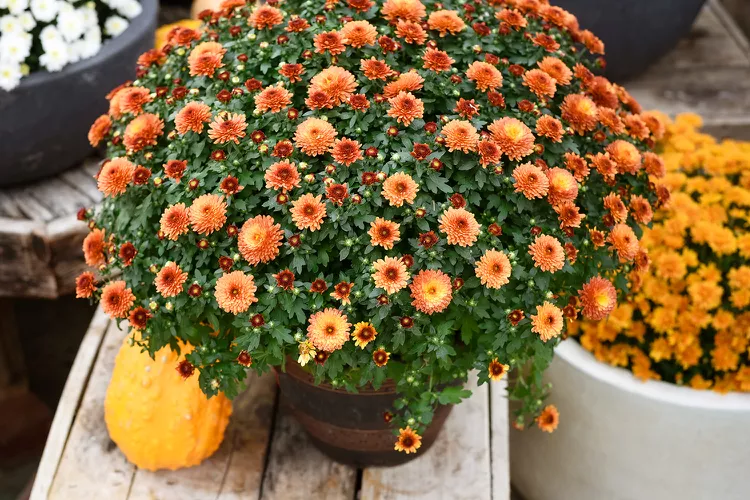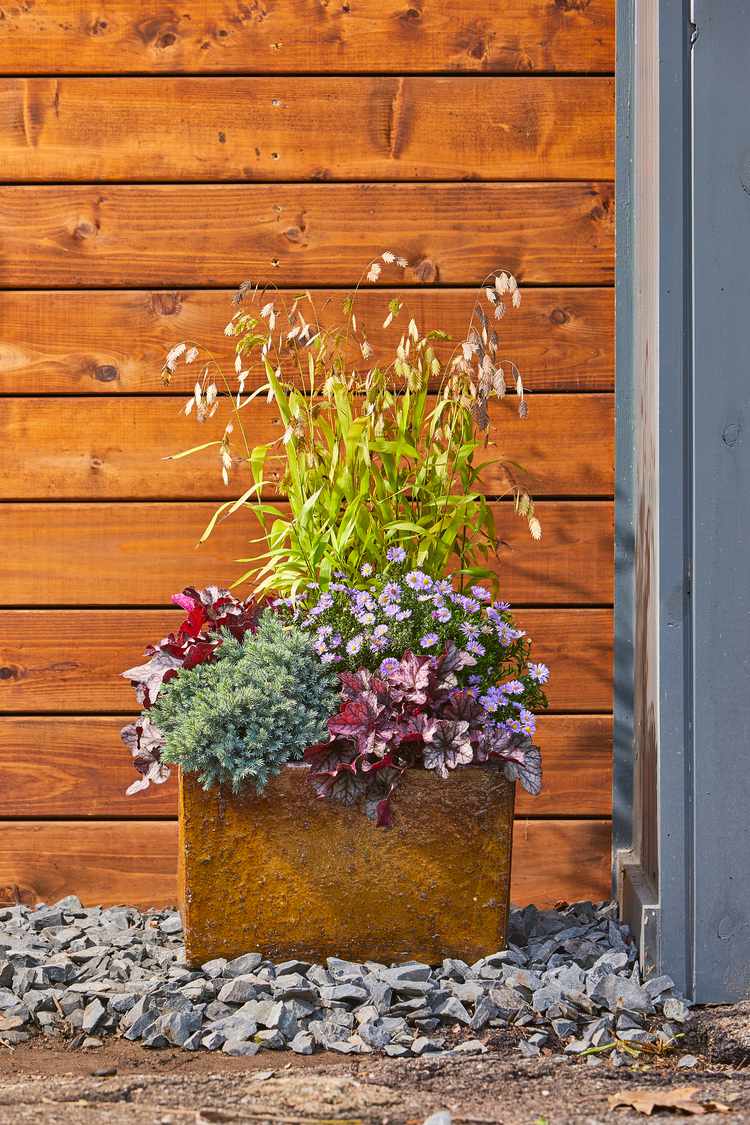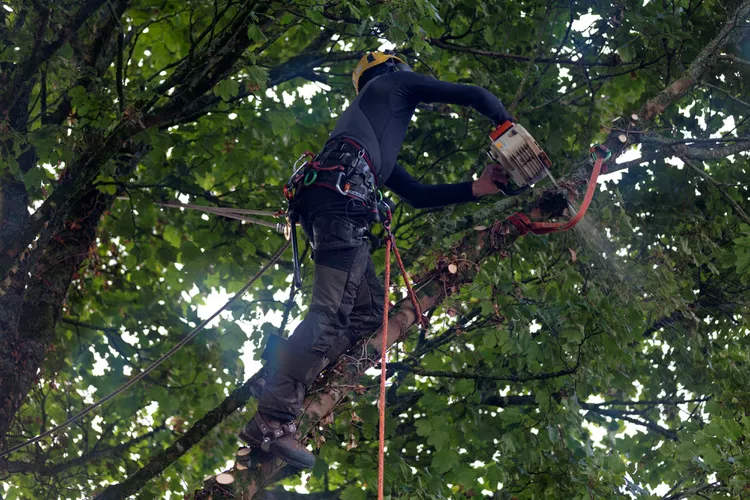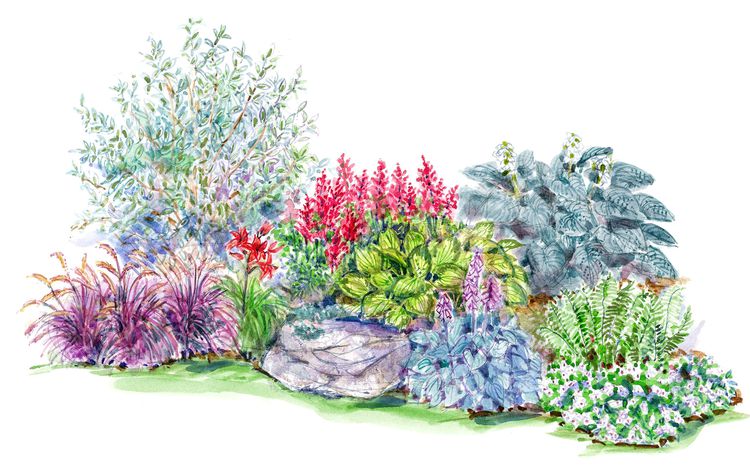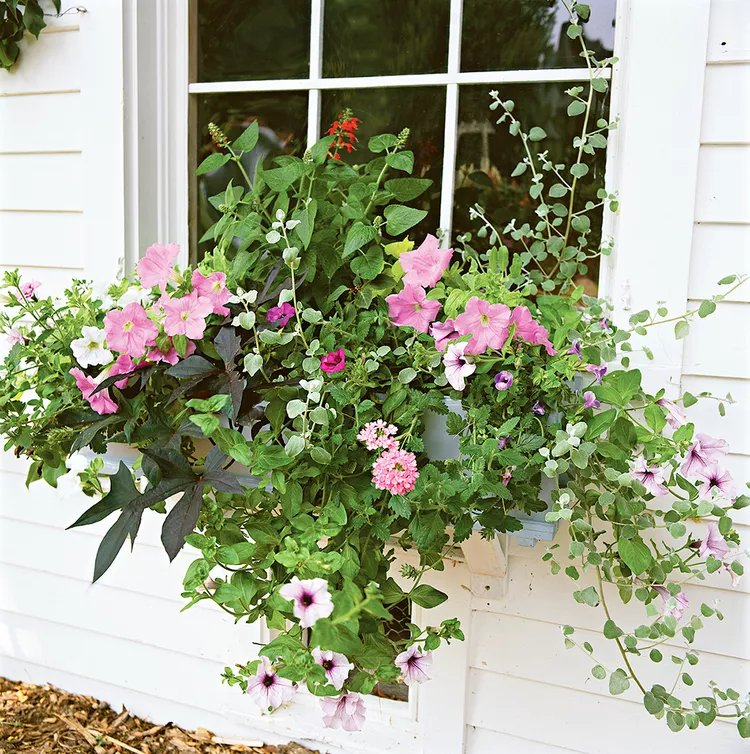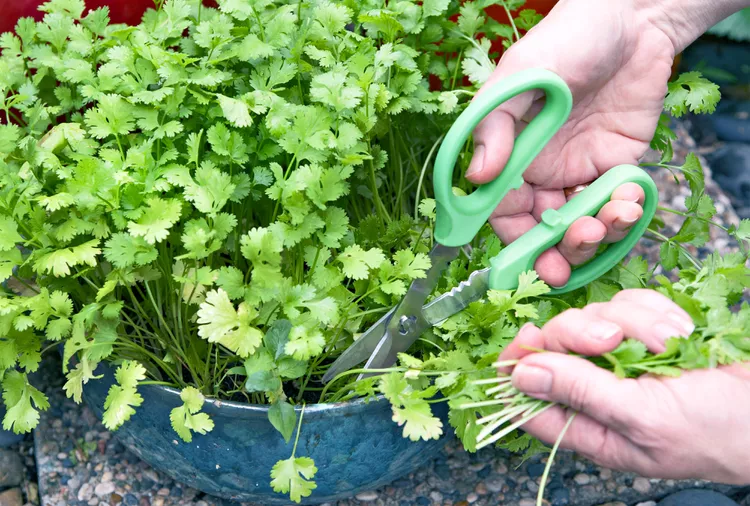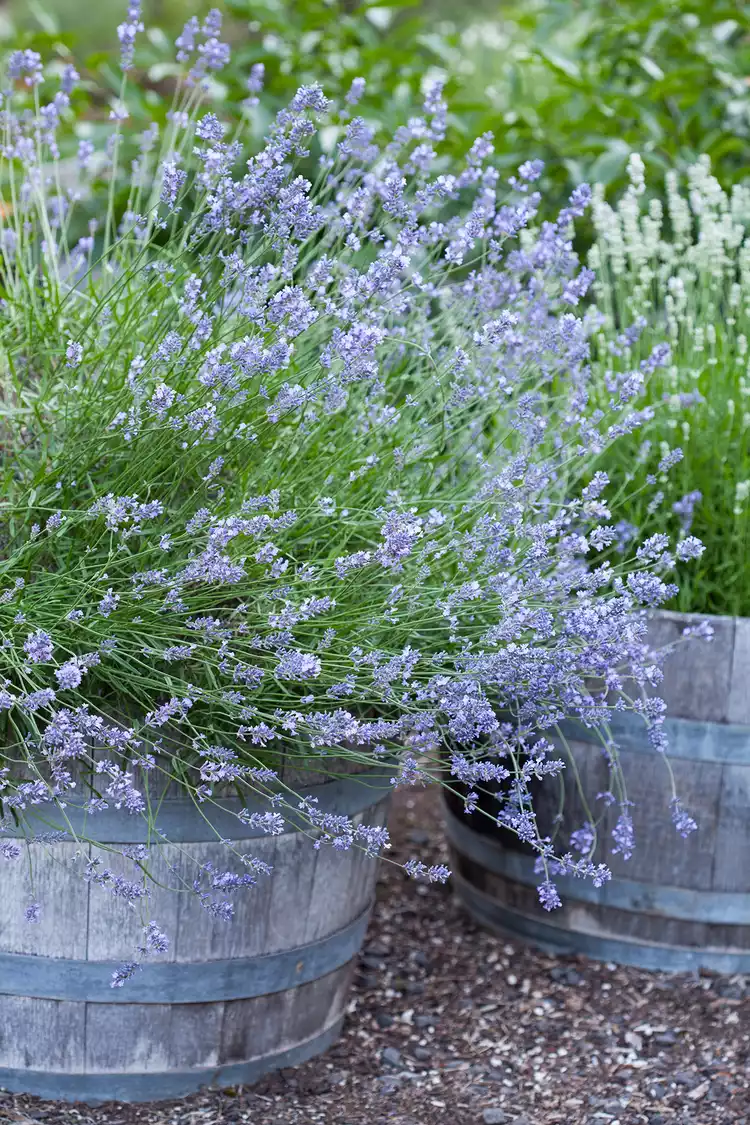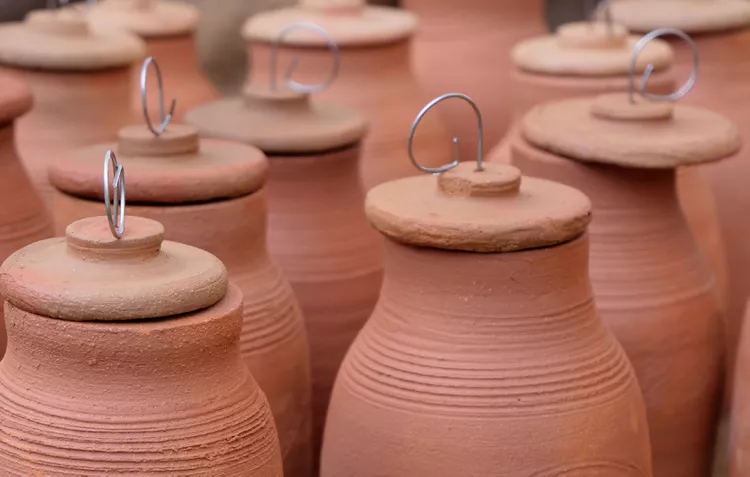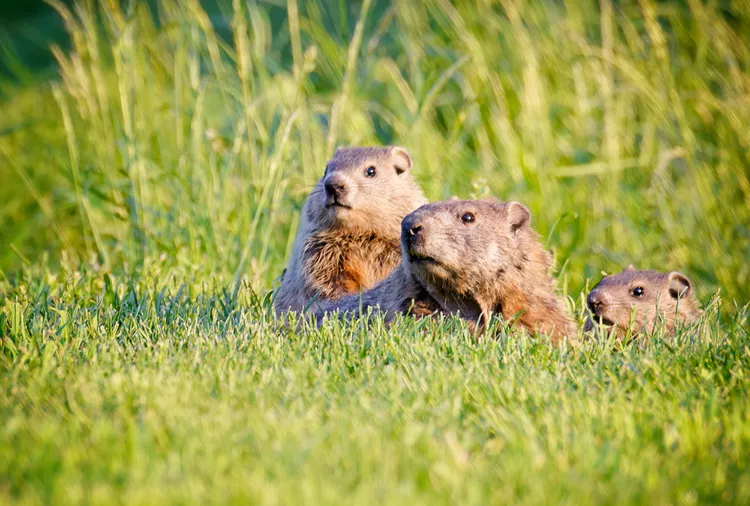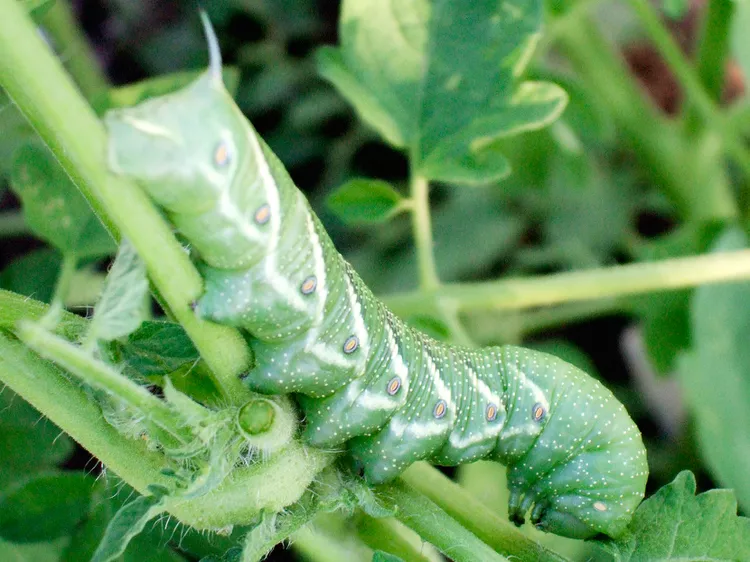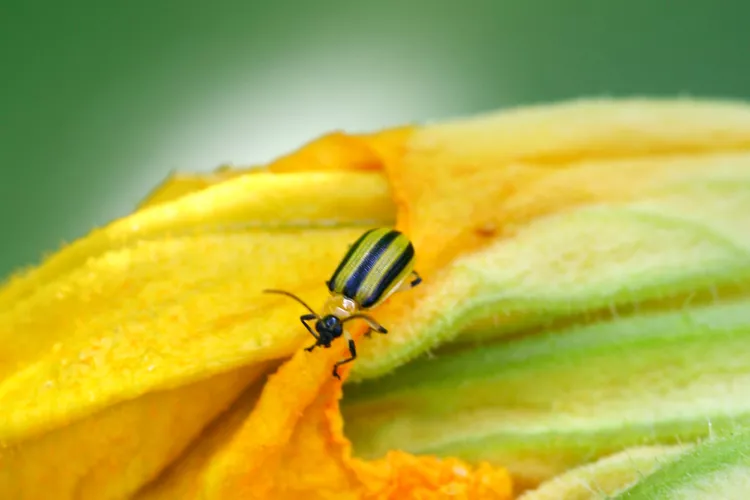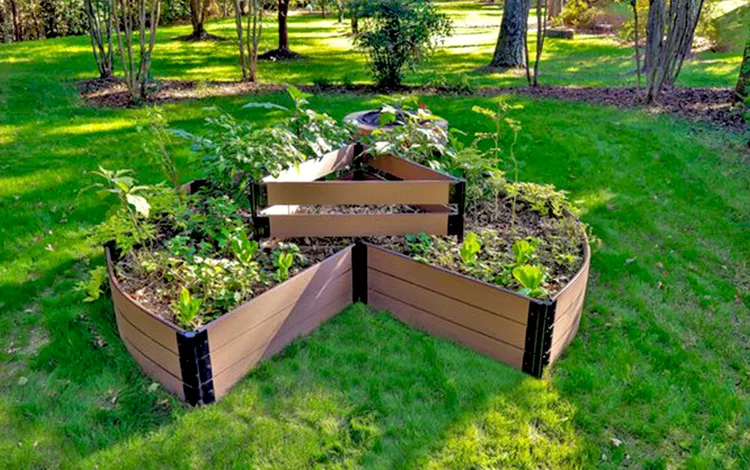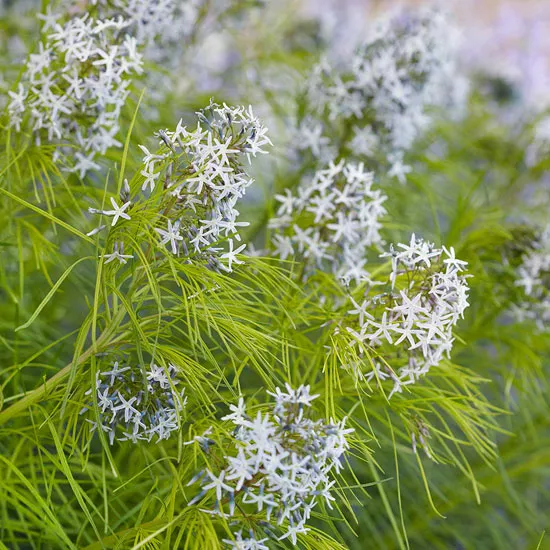Harvesting fresh, sweet fruit right from your backyard is one of the best rewards gardening can provide. But if you think this means you have to plant a huge orchard or bramble patch, guess again. You can always start small by growing raspberries in pots, as well as blueberries and strawberries, which is simpler than it may sound. All you need is a spot in full sun and plenty of water to grow delicious berries in containers for smoothies, desserts, and more.
Basics of Growing Berries in Containers
Sunlight
All fruiting plants, whether you're growing berries in pots or in the ground, produce the most berries in full sun. Provide at least 6 to 8 hours of sun per day.
Water
Growing berries in pots means more water is needed than plants in the ground. Because terra-cotta is a breathable material, plants in those containers dry out faster than those planted in plastic or ceramic pots. Check the soil in your containers daily to be sure it stays moist but not wet. In windy or hot conditions, plants might even need watering twice a day. Before watering, insert your finger in the soil to the first joint to determine whether water is needed.
Choosing a Container
The key to success is always growing berries in pots with drainage holes. Roots allowed to stay in standing water will rot. Pour water over the soil until you see water running out of the drainage holes.
When growing berries in pots, choose varieties of blueberries, raspberries, and strawberries that are more compact and better suited to limited spaces.
Growing Raspberries in Pots
Some raspberry varieties grow too large to thrive in containers, but newer types, such as 'Heritage' or 'Raspberry Shortcake', a dwarf, thornless variety, are well suited to growing in large pots. If you choose another variety, be sure it is a fall-bearing type.
Planting tips: Plant raspberries in a container at least 24 to 36 inches wide and deep. Half-barrels or five-gallon pots are ideal sizes that allow enough room for new canes to grow in future years. Start with three to six canes, depending on the container size.
Soil: When growing raspberries in a pot, use a potting mix, not garden soil. A bark/compost-based mix works best because it will keep its structure for several years, while peat-based mixes tend to break down within a year.
Fertilizer: Because you're likely growing raspberries in a pot for eating, use organic fertilizer. Apply it soon after planting in the spring.
Pruning and other care: Raspberries are perennials that usually set fruit on two-year-old canes. You might get some berries the first year you plant them, but full bearing begins in year two. New green sprouts will grow to become fruiting canes for the following year. Prune all dead canes (ones with no new growth) at ground level.
Winter care: In regions with harsh winters, move the raspberry pots to an unheated garage, allowing the plants to go dormant but watering just enough to keep them alive. Return the growing raspberry bushes to a sunny location after the danger of frost passes. If you leave the pot in place, insulate it with mulch for winter protection. Avoid using ceramic or terra-cotta pots outdoors year-round in cold climates, as freeze-thaw cycles can crack those containers.
Growing Blueberries in Containers
Growing blueberries in a pot works well if you create the soil conditions they like best. Start with a pot at least 20 to 24 inches wide or larger.
Planting tips: Choose a potting-mix soil for blueberries designed for acid-loving plants like rhododendrons, azaleas, or camellias. Look for a pH balance between 4.5 and 5.5.
Fertilizer: Use an organic fertilizer designed for acid-loving plants. Apply in early and late spring to promote growth and fruit production, then stop fertilizing for the year. Feel free to occasionally sprinkle used coffee grounds on the top of the soil around blueberry plants.
Pruning and other care: In early spring, prune any dead wood. Otherwise, blueberries need no other pruning unless you want to shape the plant.
Most blueberry plants need one to two other types of blueberry plants nearby for pollination. However, some varieties, including 'Peach Sorbet' and 'Jelly Bean' are self-pollinating, although they might produce better with more plants nearby.
If you live in a year-round warm climate, remember that blueberries need cold temperatures for a certain number of hours to produce fruit. Check with your local Cooperative Extension Service to find suitable varieties for your climate.
In general, choose a container variety that is cold tolerant to one hardiness zone colder than the one you live in. 'Sunshine Blue' is a good variety for warmer climates; 'Top Hat' is suitable for cold regions.
Winter care: In regions with harsh winters, move the blueberry pots to an unheated garage, allowing the plants to go dormant but watering just enough to keep them alive. Return the pot to a sunny location after the danger of frost passes. If you choose to leave the pot in place, insulate it with mulch for winter protection. Avoid using ceramic or terra-cotta pots outdoors year-round in cold climates, as freeze-thaw cycles can crack those containers. Growing blueberries indoors also works well.
Growing Strawberries in Pots
Because of their small root systems, growing strawberries in pots is easy. Although any pot at least 18 inches wide and 8 inches deep will do, you might want to plant in a hanging basket or a strawberry pot, which features a series of pockets along the sides of the container and an opening at the top. A container that is wider than it is deep, such as a half-barrel, allows you to grow more plants.
Planting tips: Check the plant tag, but a rule of thumb is to plant strawberries in pots about 10 inches apart. Some varieties can be spaced closer. Be sure to cover the roots with soil, but avoid burying the crown (the central growing bud) to prevent rot.
Soil: Use a bagged potting mix and avoid garden soil, which won't drain properly.
Fertilizer: Growing strawberries requires little additional organic fertilizer.
How many strawberry plants do I need?: That depends on the use, but plan 6-10 plants per person for fresh consumption as they ripen.
The best strawberries for containers: Day-neutral types, which produce strawberries throughout the growing season and produce fewer runner plants, are best for containers. Some day-neutral varieties include Tribute, Tristar, and Seascape. Everbearing varieties, which produce fruit twice a growing season, may also be chosen. Avoid June-bearing types that produce only one crop per year and often don't bear fruit their first year.
Winter care: There are two choices: Discard the plant, dump out the potting soil, and store the pots inside during winter. Or, carefully water the growing strawberries until late fall, then store the container in an unheated garage, allowing plants to go dormant and watering just enough to keep them alive. Return the pot to a sunny location after the danger of frost passes.
